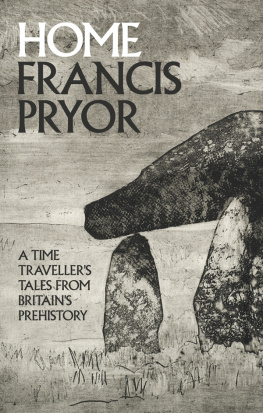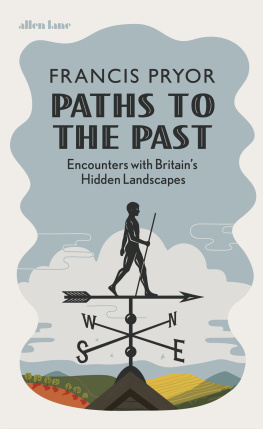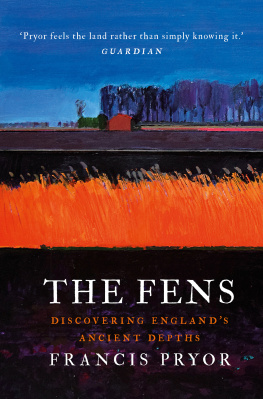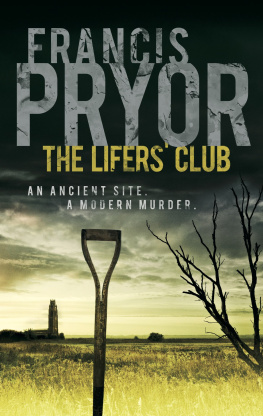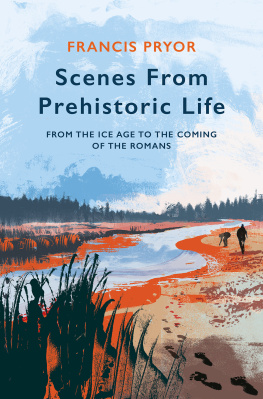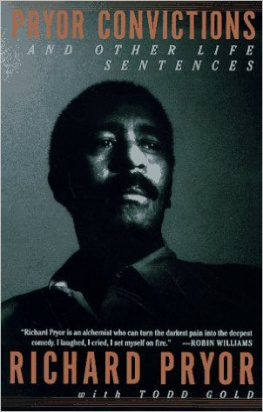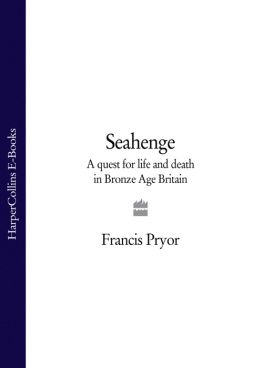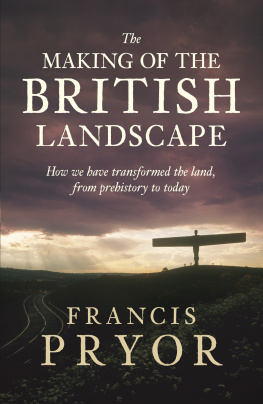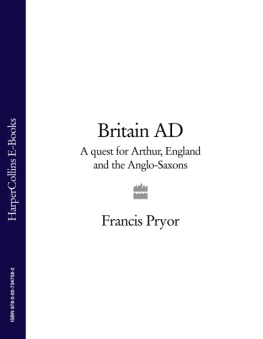ALLEN LANE
Published by the Penguin Group
Penguin Books Ltd, 80 Strand, London WC2R 0RL , England
Penguin Group (USA) Inc., 375 Hudson Street, New York, New York 10014, USA
Penguin Group (Canada), 90 Eglinton Avenue East, Suite 700, Toronto, Ontario, Canada M4P 2Y3 (a division of Pearson Penguin Canada Inc.)
Penguin Ireland, 25 St Stephens Green, Dublin 2, Ireland (a division of Penguin Books Ltd)
Penguin Group (Australia), 707 Collins Street, Melbourne, Victoria 3008, Australia (a division of Pearson Australia Group Pty Ltd)
Penguin Books India Pvt Ltd, 11 Community Centre, Panchsheel Park, New Delhi 110 017, India
Penguin Group (NZ), 67 Apollo Drive, Rosedale, Auckland 0632, New Zealand (a division of Pearson New Zealand Ltd)
Penguin Books (South Africa) (Pty) Ltd, Block D, Rosebank Office Park, 181 Jan Smuts Avenue, Parktown North, Gauteng 2193, South Africa
Penguin Books Ltd, Registered Offices: 80 Strand, London WC2R 0RL , England
www.penguin.com
First published 2014
Copyright Francis Pryor, 2014
The moral right of the author has been asserted
Cover: detail from Pentre Ifan, Pembrokeshire, etching by David Gunning. (Wolverhampton Art Gallery, West Midlands, UK / Bridgeman Images)
Cover design: Richard Green
All rights reserved
ISBN: 978-0-141-97133-9
THE BEGINNING
Let the conversation begin...
Follow the Penguin Twitter.com@penguinukbooks
Keep up-to-date with all our stories YouTube.com/penguinbooks
Pin Penguin Books to your Pinterest
Like Penguin Books on Facebook.com/penguinbooks
Find out more about the author and
discover more stories like this at Penguin.co.uk
For Mike and Lou Bamforth,
to celebrate their wedding, 13 September 2014
List of Illustrations
1.1
1.2
1.3
1.4
1.5
2.1
3.1
3.2
3.3
4.1
4.2
4.3
4.4
5.1
5.2
5.3
6.2
6.3
7.1
7.2
7.3
7.4
8.1
8.2
PLATES
Unless otherwise indicated, photographs are courtesy of the author.
Every effort has been made to contact copyright holders. The author and publisher would be glad to amend in future editions any errors or omissions brought to their attention.
Acknowledgements
The idea for this book was originally suggested to me by my then editor at Allen Lane, Georgina Laycock, who also helped me steer it through its initial (and rather turbulent) development stages. Her successor, Thomas Penn, has been a great source of advice and encouragement subsequently. The first two chapters have benefited hugely from discussions with Professor Nicky Milner (York University) and the sections on Stonehenge owe much to Professor Mike Parker Pearson, of University College London. Other prehistorians who have been very free with their advice include Chris Evans, Clive Waddington, Martin Bell and Maisie Taylor. On the production side at Penguin, I have worked with a great team including Richard Duguid and Lisa Simmonds, illustrator Jeff Edwards, copy editor Monica Schmoller and indexer Marian Aird; Casiana Ionita ensured that the production process ran smoothly. As ever I owe a huge debt of gratitude to my agent Bill Hamilton, at A. M. Heath and Co. It has been far too long, but maybe now Maisie and I can have a holiday together.
Introduction
The Greatest Organization Ever Created
Im a family man I regard the family as the greatest organization ever created by human beings. I couldnt believe my ears. It was Sir Michael Caine. A familiar voice from my youth was expressing the thoughts I had been trying to frame for weeks. I was awake at an ungodly hour and Caines words issued from a small radio on my wife Maisies side of the bed. As often happened, she had woken earlier, switched on the World Service, volume turned right down, and had then drifted back to sleep. It was now nearly five oclock and it was my turn to wake up. I was suffering from a bad case of early morning busy brain. What is it about the wee small hours that makes your mind get everything out of proportion? Everyday problems become complex-verging-on-the-insuperable and everyone seems to be out to get you. Then, a couple of hours later, you cant understand why you were getting so het up.
I rolled out of bed and stumbled downstairs repeating Caines simple, but profoundly important, words over and over again. At my desk I scribbled them down. That done, I leaned back in my office chair. I looked down at my scribbled note. I knew hed hit a nail on the head, but for a strange sleep-befuddled moment, I couldnt think which one. At face value the words were bland. Nobody would disagree with him. Nobody. So why did I rush downstairs in such a panic? I suppose my brain was trying to make sense of my unconscious. For a brief moment, I considered returning upstairs to get more sleep, but for some reason I hesitated. Then slowly it all started to come back to me: instinctively, I turned on my laptop. I had begun to research this book.
It goes back to my very first days in archaeology, in 1963, before I even went to university. I was working as a volunteer on an Iron Age hillfort in Bedfordshire which was directed by James Dyer, an inspirational leader if ever there was one. It was there that I learned, probably from James, that archaeology is about the past as experienced by ordinary people. So it was very unlikely that our hillfort had ever been visited by anyone famous by Julius Caesar or even Queen Boudicca. But that didnt matter. Even if such figures had visited the place, it wouldnt have altered anything. Through history monarchs could, and often did, visit lowly parish churches, but the buildings remained unaltered, as did the lives of the parishioners who attended services there every Sunday. I would be more than surprised if any of those visits left even the slightest archaeological trace.
Back at home at weekends people would ask me about the dig: word spreads fast in a rural village and people were fascinated by what I was doing. In those days, Time Team hadnt done its amazing job of public education, and folk in Weston (Hertfordshire) still thought that excavations only happened abroad. I remember explaining to wide-eyed astonishment that I was helping excavate the remains of an Iron Age round-house. To most British people in the early sixties, prehistory was indeed another country: aside from a few students and professionals, nobody knew that there had been houses before the Romans arrived.
I was aged 18, and my tales of the Bedfordshire dig soon became famous in the local pub, the Barley Mow, where a pint of bitter cost 1/10d (roughly 8p). On many nights Id be carried home after too many beers, bought for me by my new-found audience. Today we tend to look back on post-war pub life as male dominated and either stiff or drunken; but in reality, and especially in rural areas at a weekend, the local became a home-from-home for many people. I recall lively domestic arguments between husbands and wives across the dominoes table, and daughters beating their fathers at darts. And yes, boys flirted with girls and teenagers got drunk; but it was all part of pub life and ordinary life, too. It started to dawn on me that history doesnt just have to be about the acts of kings and queens. Details of ordinary people, their lives and homes how their hearths were built, the direction in which their front doors faced were, to me, much more fascinating, simply because here were details that everyone could identify with and recognize.

